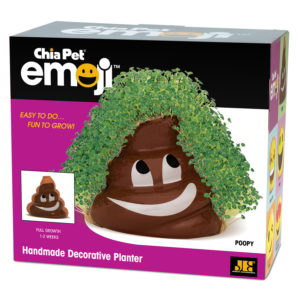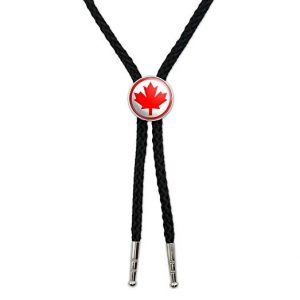The episode starts with the ongoing history of Canadian cuisine, landing on peameal bacon and how it came to be an Ontario delicacy. The guys go on to talk creamers dropping in hot coffee and contamination potential. The guys put out a request to listeners to send on listener’s food safety in everyday life (send pics).  The guys talk date balls, chia and immunocompromised individuals. Ben tells a story about navigating the public health investigation world from a victims perspective and Don provides his insight. They both then go on to chat about risk communication in deception studies with human subjects. The episode ends on rapid listener feedback on double gloving (again), washing onions and cutting boards.
The guys talk date balls, chia and immunocompromised individuals. Ben tells a story about navigating the public health investigation world from a victims perspective and Don provides his insight. They both then go on to chat about risk communication in deception studies with human subjects. The episode ends on rapid listener feedback on double gloving (again), washing onions and cutting boards.
Episode 163 is available on iTunes and here.
Show notes so you can follow along at home:
- The Silence of the Lambs (1991) – IMDb
- Ghostbusters (1984) – IMDb
- Peameal bacon – Wikipedia
- William Davies Company – Wikipedia
- Energy Balls with Medjool Dates
- International outbreak of multiple Salmonella serotype infections linked to sprouted chia seed powder – USA and Canada, 2013-2014. – PubMed – NCBI
- PulseNet
- Reports of Salmonella Outbreak Investigations from 2018, CDC
- Tuskegee syphilis experiment – Wikipedia
- Tuskegee Airmen – Wikipedia
- Institutional review board – Wikipedia
- Roderick on the Line – Merlin Mann
- Carolinas Association for Food Protection – International Association for Food Protection
- Should I Wash Onions Before Cutting Them?
- Do you need to rinse vegetables that can be peeled? – Seasoned Advice
- Harvey’s E. coli O157:H7 Outbreak Report Released
- Survival or Growth of Inoculated Escherichia coli O157:H7 and Salmonella on Yellow Onions (Allium cepa) under Conditions Simulating Food Service and Consumer Handling and Storage
- How to wash fruit and vegetables – NHS
- A large Great Britain-wide outbreak of STEC O157 phage type 8 linked to handling of raw leeks and potatoes
- Fast Facts About Cutting Boards and Food Safety in Your Kitchen, NC State University
- Utilization of Mathematical Models To Manage Risk of Holding Cold Food without Temperature Control
- Food Safety Talk 162: FST Bolo Ties — Food Safety Talk










